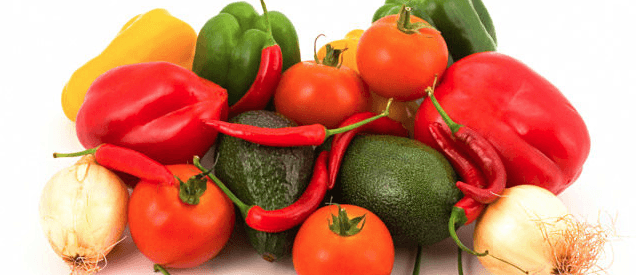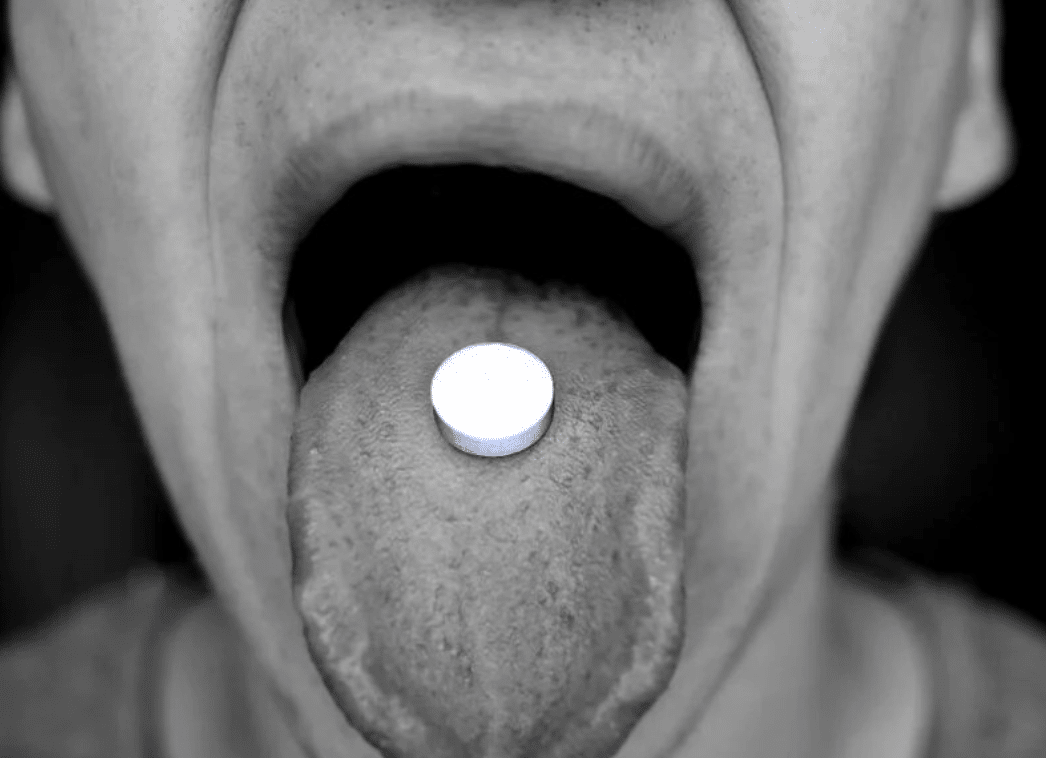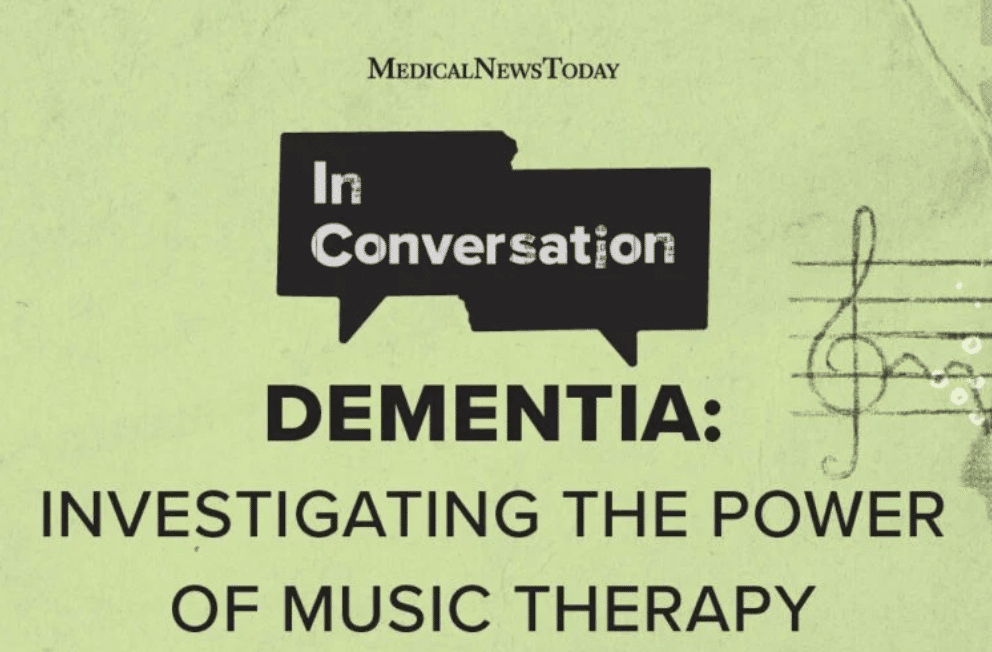…BECAUSE THEY’RE NUTRIENT RICH AND NUTRIENT DENSE
Vegetables are a great source of nutrients such as folate (folic acid helps your body create red blood cells), potassium (which is good for your blood pressure), vitamin A (which is good for your eyes and skin, and it helps protect you from infection), and vitamin C (good for your teeth and gums, and it helps to heal wounds and cuts).
…BECAUSE THEY’RE FAT-FREE
Veggies are generally low in both fat and calories. Win/win indeed!
…BECAUSE THEY’RE CHOLESTEROL-FREE
No vegetable contains cholesterol.
…BECAUSE THEY’RE HIGH IN DIETARY FIBER
Fiber is important and the veggie section of your supermarket is just loaded with natural fiber. Fiber is good for your bowels, keeping things moving smoothly. Fiber is also a fullness factor, helping you feel satisfied after eating – not still ravenous.
…BECAUSE THEY’RE THE DIETER’S BEST FRIEND
Vegetables are notoriously low in calories and fats. Which is great when you’re needing to lose a few pounds.
…BECAUSE THEY’RE COMPLEX CARBS
Unlike simple carbs (such as sugar, fruit juice and corn syrup – which are bad for our health), complex carbohydrates are good. Complex carbs contain more nutrients and more fiber, and they digest more slowly – which is a good thing. For example, broccoli, carrots, and leafy greens.
…BECAUSE THEY’RE CANCER FIGHTERS
The phytochemicals in veggies are showing up in research about the prevention and cure of cancer. Many studies into the health benefits and anticancer properties of various vegetables (and fruits) have been done and reported in the US government’s PubMed site. These reports are typically couched in the usual dry academic terminology so they make challenging reading, but they contain a lot of positive news for vegetable lovers.
So make half your plate fruit and veggies and you’re on the right track.
DID YOU KNOW?
Did you know that veggies are classified into 5 groups, depending on their nutrients?
- Dark-green vegetables
- Starchy vegetables
- Red and orange vegetables
- Beans and peas
- Other vegetables.
“But what are the veggies in each group?”
Great question. There’s a handy list at the government’s Choose My Plate website (link is below this article) and by clicking the big blue bars there you’ll see the lists. The site also has handy pages about fruit, grains, dairy, protein, and oils.
EAT THE RAINBOW
Veggies come in a range of colors. Well, so does fruit but we’re talking about vegetables today. And veggies of the same color usually deliver the same protective compounds. Here are a few examples…
RED: Tomatoes, red potatoes and rhubarb, to name just three. They’re high in lycopene, a potent cancer-fighting and cancer-preventing nutrient that’s also good for heart disease.
YELLOW & ORANGE: Carrots and pumpkin are two in this group.
Your clever body can turn beta-carotene into vitamin A which helps your eyesight and your immune and reproduction systems, as well as your heart, kidneys and lungs.
GREEN: Kale and spinach contain lutein and zeaxanthin, which have demonstrated anti-cancer properties and they also help protect against eye disease as we get older. Other greens include beans, lettuce, peas, spinach.
BLUE & PURPLE: Black olives and blueberries, for example. These contain anthocyanins which help protect against cancer.
WHITE: For example, cauliflower contains sulforaphane which has strong anti-cancer properties. Onions and mushrooms are also among the white veggies.
Looking for more in each of the colors? There’s an easy-to-read list at the Fruits And Veggies More Matters website.
Enjoy your veggies. Enjoy your health!
How many pounds have you lost this month? At Dieta Efectiva you can lose 10-12 lbs your first week and 2-5 lbs every week after. Visit us dietaefectiva.net to learn more about our program.







